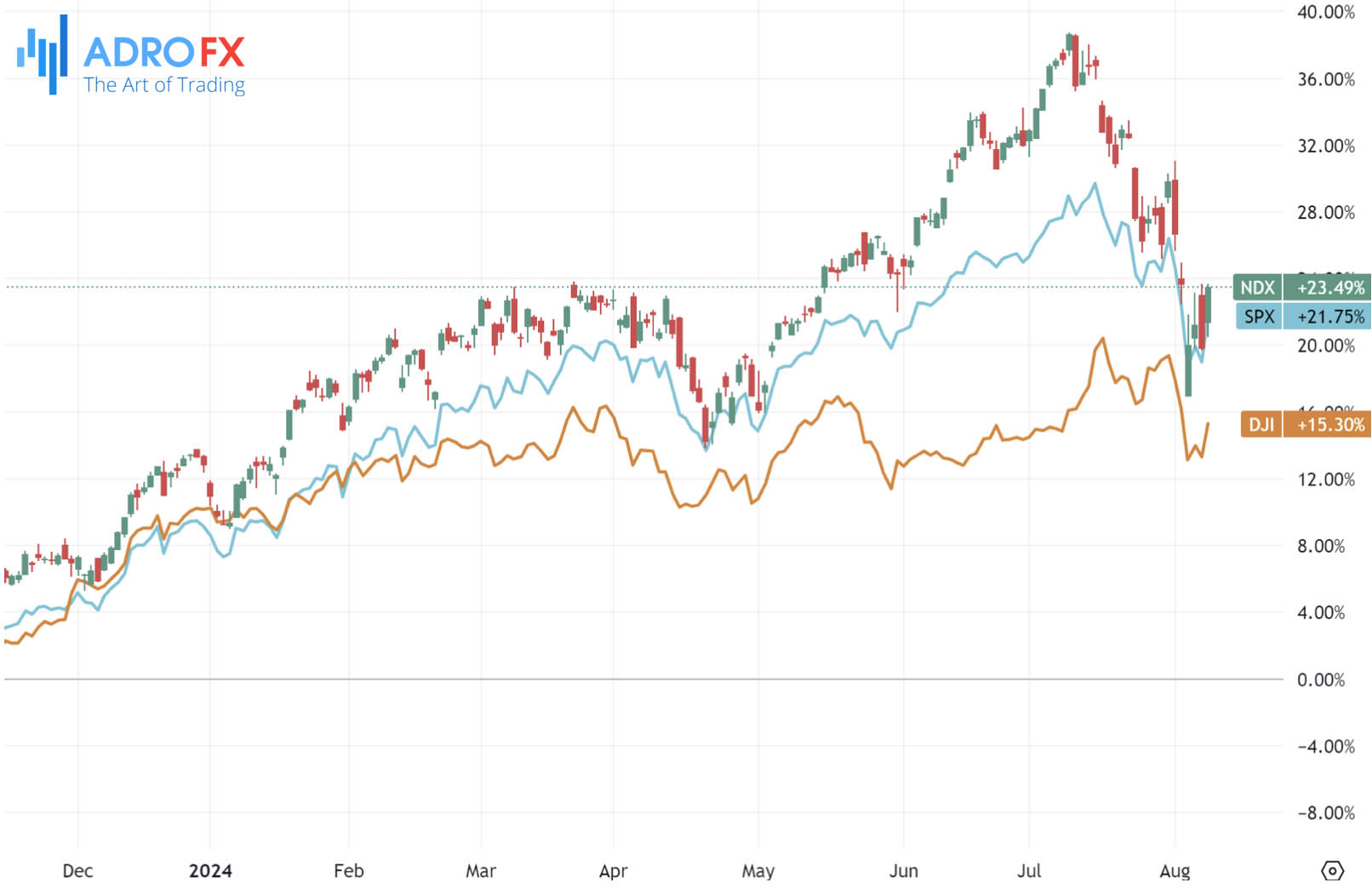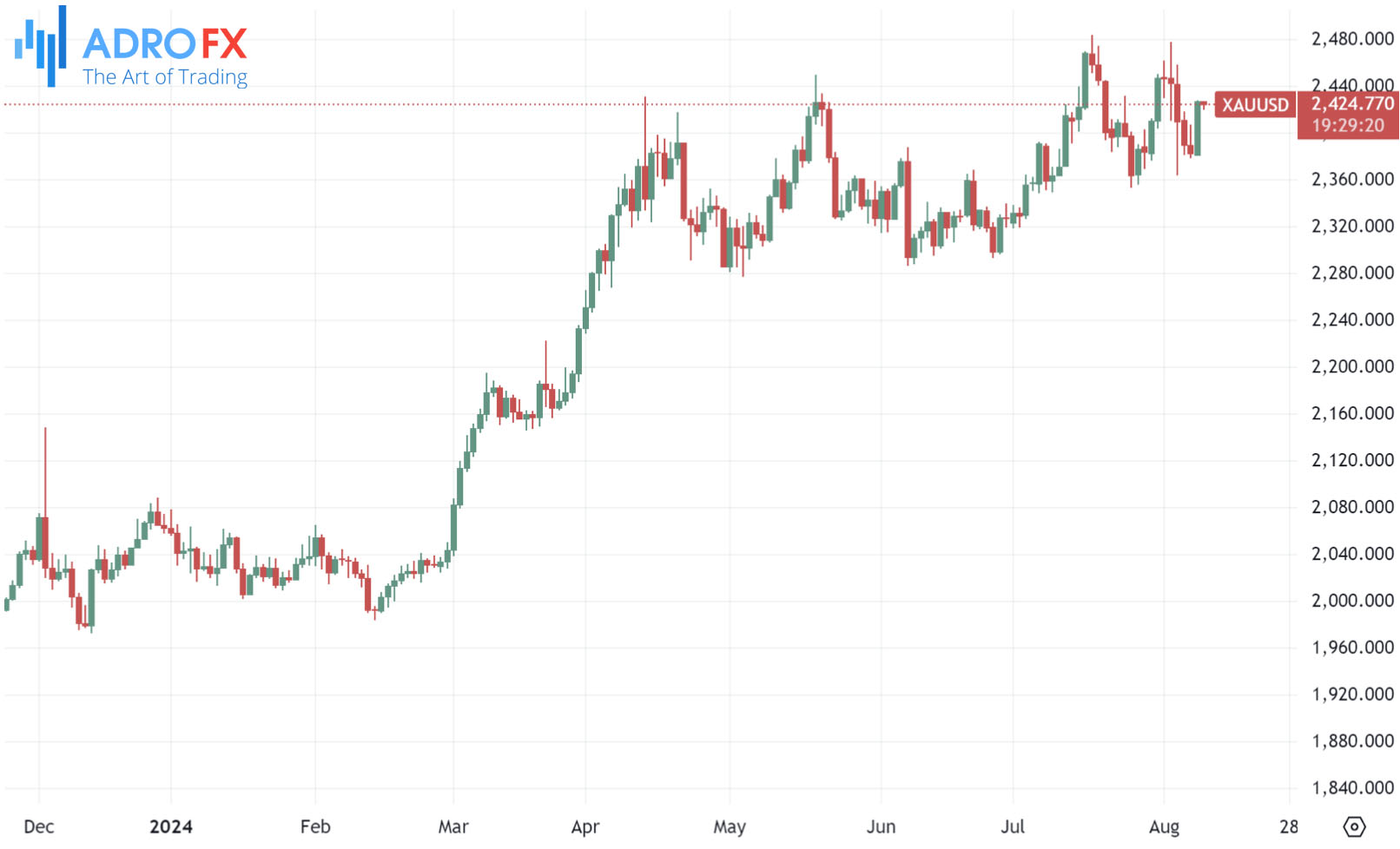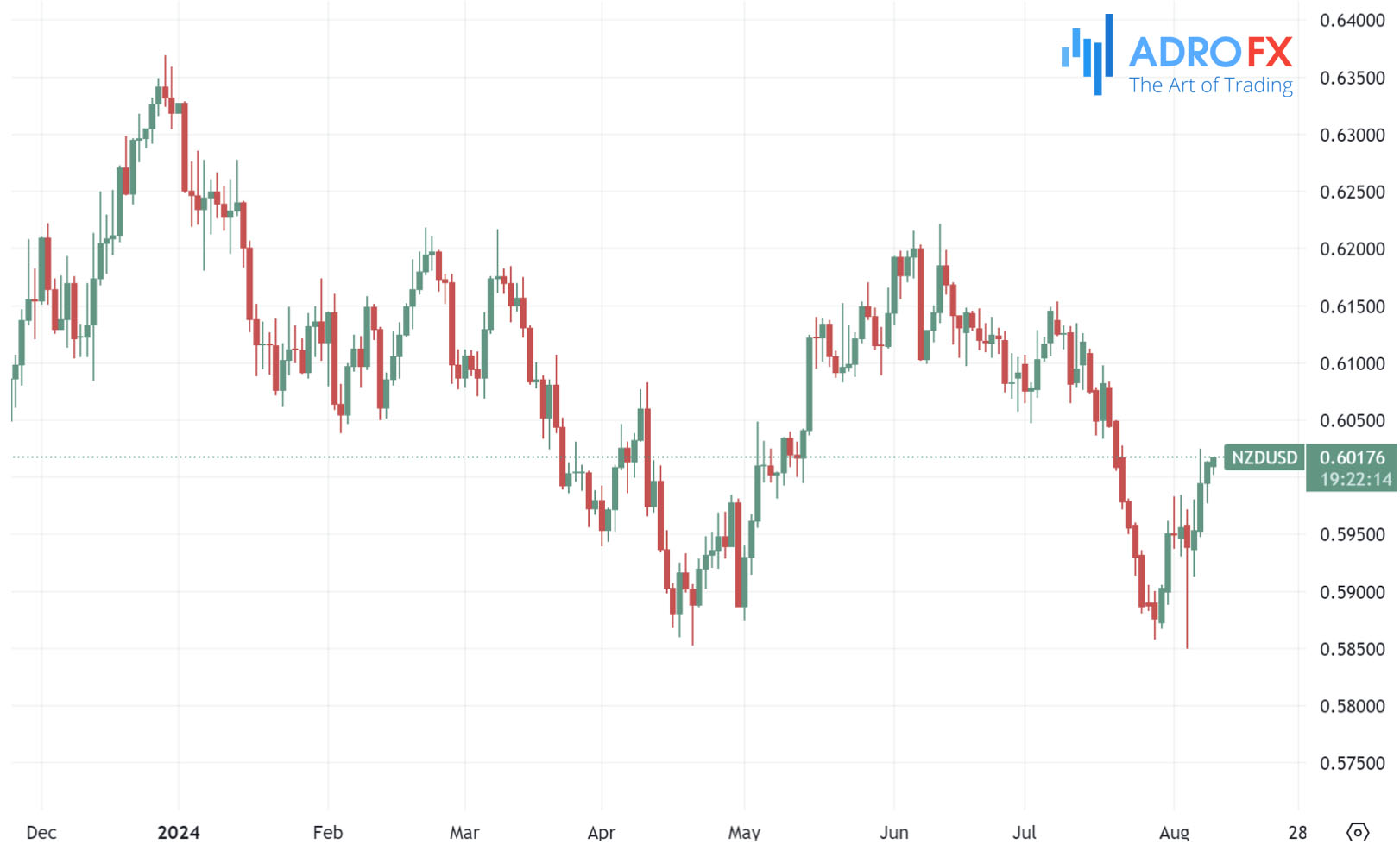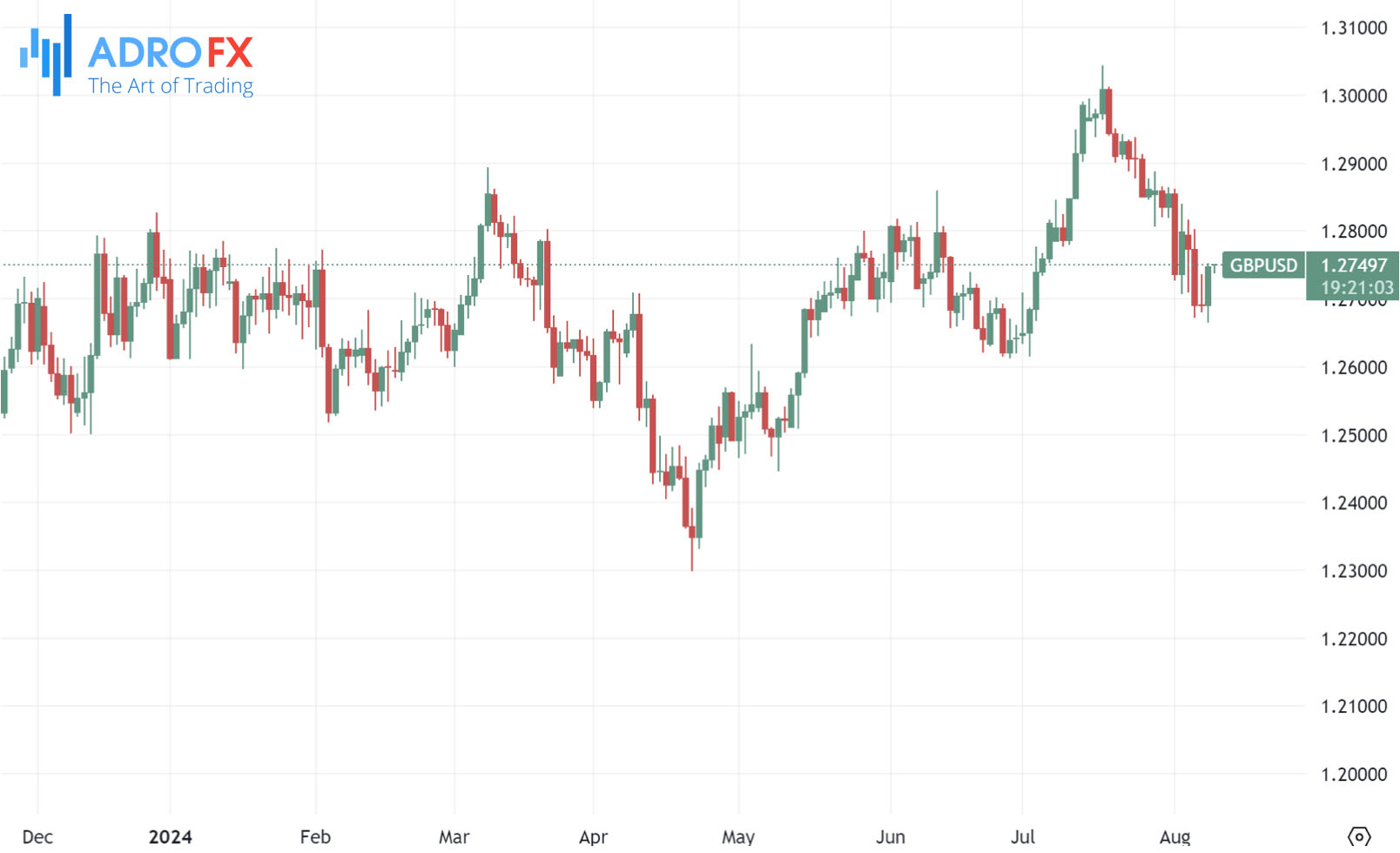Global Markets Rally as Strong US Labor Data Eases Recession Fears; Gold and Dollar Gain Amid Geopolitical Tensions | Daily Market Analysis

Key events:
- Canada - Employment Change (Jul) Canada - Unemployment Rate (Jul)
The S&P 500 ended Thursday on a positive note as labor market data eased fears of an impending recession.
The Dow Jones Industrial Average gained 683 points, or 1.8%, while the S&P 500 advanced 2.3%, and the NASDAQ Composite surged 2.9%.

During the North American session on Thursday, gold prices rose following strong US economic data, which initially boosted the Greenback. Despite this, the precious metal managed to shrug off the dollar's strength and the increase in US Treasury yields. At the time of writing, XAU/USD is trading at $2,419, up more than 1.40%.

The US Bureau of Labor Statistics released a robust jobs report, with unemployment claims falling below both estimates and last week's figures, providing support for the dollar. Additional data revealed that continuing claims have reached their highest point since November 2021.
The US Dollar Index, which measures the dollar's performance against six other currencies, rose by 0.10% to 103.28, while the yield on the 10-year Treasury note surpassed the 4.0% mark.

Gold is likely to draw investor interest due to increased geopolitical risks stemming from recent events in the Middle East. Although market sentiment remains positive, there are underlying concerns about potential retaliatory actions from Iran and Lebanon against Israel.
The New Zealand Dollar is showing a slight bearish trend on Friday due to renewed demand for the US Dollar. The Greenback has climbed to a weekly high, supported by recent US Initial Jobless Claims data, which alleviated some concerns about the US labor market. Meanwhile, a drop in New Zealand’s two-year inflation expectations could limit any upward movement for the NZD. Additionally, rising geopolitical tensions in the Middle East may weigh on riskier assets like the Kiwi, posing a challenge for the NZD/USD pair.

Conversely, a stronger-than-anticipated New Zealand employment report earlier this week has dampened expectations of an imminent interest rate cut by the Reserve Bank of New Zealand. This positive data could fuel another bullish phase for the Kiwi in the near future. Traders are also keeping a close watch on Chinese economic indicators on Friday, including the Consumer Price Index and Producer Price Index for July. Any signs of economic recovery in China, New Zealand’s largest trading partner, could boost the Kiwi.
Meanwhile, the USD/CAD pair is trading with modest gains near 1.3740, ending a five-day losing streak during the early Asian session on Friday. The Bank of Canada recently cut interest rates to 4.5% at its July meeting and hinted at further potential easing of monetary policy. Analysts from BMO and CIBC predict an additional 75 basis point reduction in 2024, possibly with a quarter-point cut at each remaining meeting this year. However, traders are looking ahead to the key Canadian employment report due later on Friday. The
Canadian economy is expected to add 22.5K jobs in July, with the Unemployment Rate anticipated to rise slightly to 6.5% from 6.4% in June.

In other markets, the GBP/USD pair saw a modest rebound on Thursday, climbing around 0.5% as market sentiment stabilized after a three-day decline triggered by an error in US nonfarm payrolls figures late last week.

As Friday wraps up the trading week, the economic calendar is light on both sides of the Atlantic, with markets preparing for upcoming inflation updates from the UK and the US. The Pound Sterling recently suffered after a quarter-point rate cut by the Bank of England, and traders are watching for signs of further UK rate cuts and an initial rate reduction from the US Federal Reserve expected in September.









